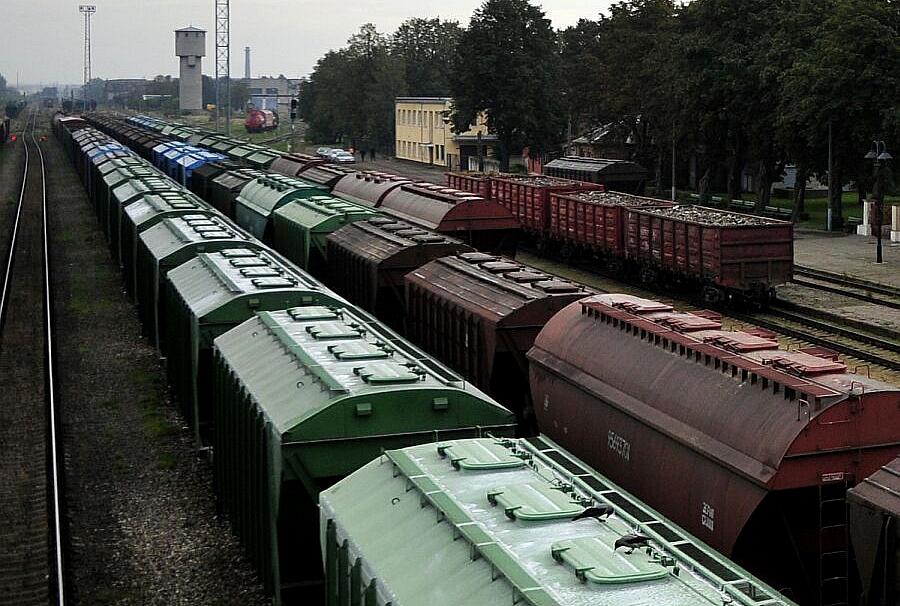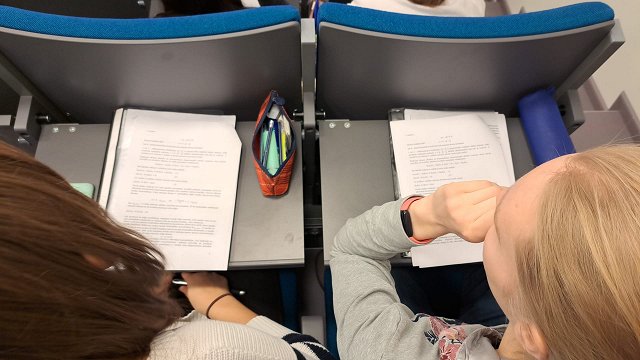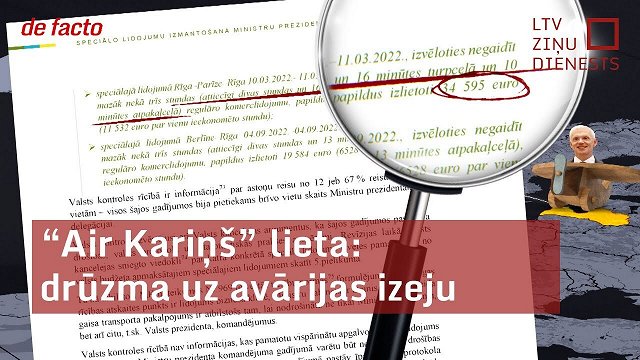Data from the Central Statistical Bureau (CSB) show that, as compared to 2015, in 2016 the volume of freights carried by land and pipeline transport has decreased by 8.1 million tonnes or 6.6 %. The most notable drop in the volume of freights carried was recorded in rail transport – of 7.8 million tonnes or 14.1 %. Data on freights carried indicate the lowest volume since 2010, when it amounted to 101.6 million tonnes.
Freight traffic on land
Freights carried by land and pipeline transport decreased by 6.6 %, while freight turnover dropped by 11.1 %.The volume of freights carried by rail reduced by 7.8 million tonnes or 14.1 %, whereas freight turnover in rail transport dropped by 16 %. The volume of freights carried by road grew by 0.8 million tonnes or 1.3 %, while freight turnover decreased by 3.1 %. The volume of oil products transported via the main oil products pipeline reduced by 1.1 million tonnes or 23.3 %, whereas freight turnover dropped by 23.3 %.
Freight at ports and airports
In 2016, freights transported to and from Latvian ports accounted for 63.1 million tonnes, which is 9.3 % less than a year before. This is the lowest result since 2010, when freight turnover at ports amounted to 61.2 million tonnes.
There were 56.2 million tonnes of freights shipped from ports, which was 10.1 % less than a year before. The reduction in the volume of freights shipped was mainly caused by a decrease in the volumes of coal and oil products loaded onto ships – a drop of 26.8 % and 12.1 %, respectively. A drop was also recorded in the volume of shipped timber and wood – of 1.4 %. In turn, the volume of shipped grain and grain products grew by 6.8 %, mineral fertilisers – by 15.2 %, goods in containers – by 8.7 %, and roll on/ roll off – by 8.3 %.
The volume of freights received at ports reduced by 1.7 %. This was mainly due to a 19.5 % drop in the volume of bulk cargo unloaded from ships. The volume of oil products unloaded at ports increased by 16.8 %, whereas the volume of received and unloaded goods in containers and roll on/ roll off remained at the level of the previous year: volume of goods in containers dropped by 0.5 %, whereas roll on/ roll off increased by 0.7 %.
In 2016, Riga International Airport received and shipped 19.5 thousand tonnes of cargo, which was 4.2 % more than in 2015.
Less passengers carried by land transport, whereas more by sea and air transport
In 2016, 244.7 million passengers were carried by land passenger transport, which was 1.9 % or 4.7 million passengers less than in 2015. The number of passengers carried has not experienced significant changes since 2010, although it has been decreasing slightly since 2014.
Compared to 2015, the number of passengers carried by rail transport increased by 0.9 % in 2016, whereas the number of passengers carried by regular bus traffic lines decreased by 1.1 %, and the number of passengers carried by urban electric transport reduced by 3.7 %.
In 2016, 657.7 thousand passengers arrived at and departed from Latvian ports with ferries, which was 9.2 % more than a year before.































